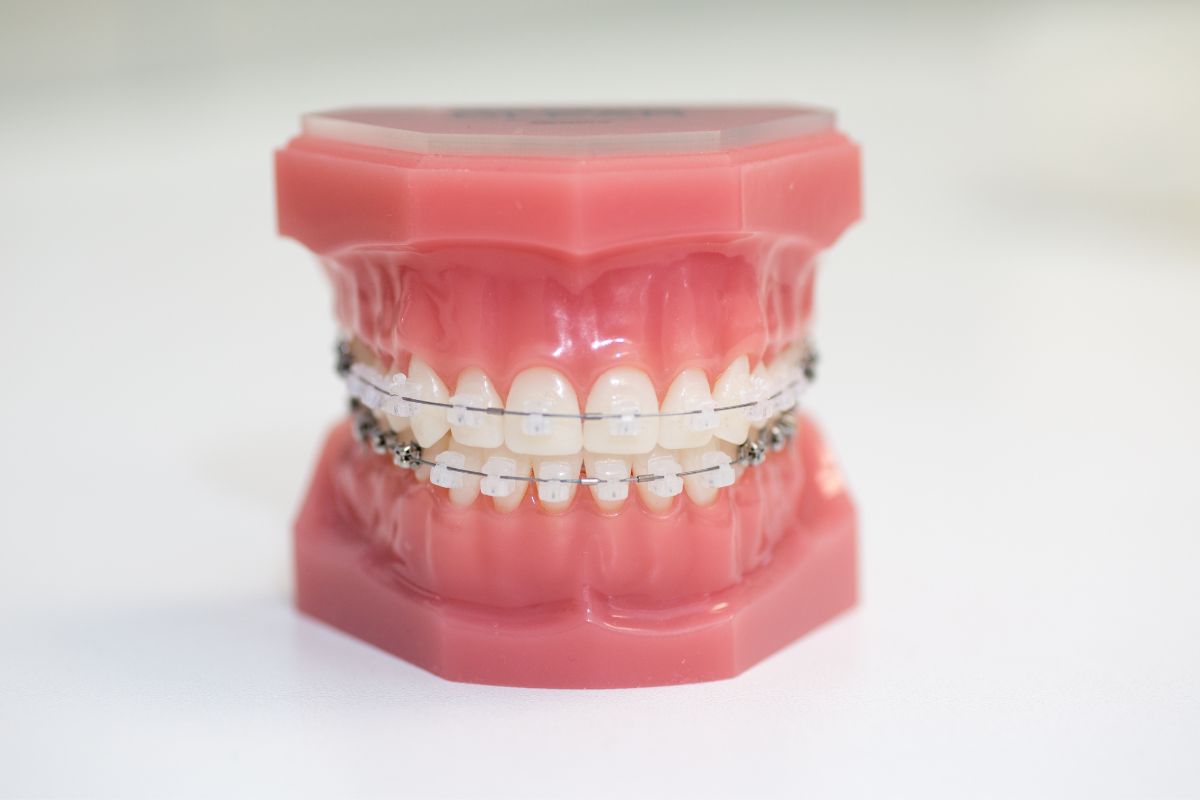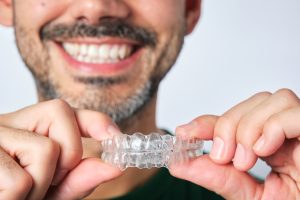If you are considering orthodontic treatment to straighten your teeth, you may have heard about clear aligners, also known as invisible braces. Unlike traditional braces that use metal brackets and wires to shift teeth into place, clear aligners are custom-made plastic trays that fit snugly over your teeth.
One of the most significant advantages of clear aligners is that they are virtually invisible, making them a popular choice for adults who may feel self-conscious about wearing traditional braces. However, while clear aligners offer a discreet and convenient way to straighten your teeth, they can also have an impact on your diet and nutrition.
Here are some ways that clear aligners can affect what you eat and drink:
Limited food options
One of the most significant differences between clear aligners and traditional braces is that you can remove the aligners when you eat. However, it’s essential to follow your orthodontist’s guidelines on how long you can remove them and when to put them back in. Since clear aligners need to be worn for at least 22 hours a day, you’ll want to limit the time you spend eating and drinking.
When you wear clear aligners, it’s best to avoid hard, sticky, or crunchy foods that can damage the aligners or get stuck in between your teeth. You’ll also want to stay away from sugary or acidic drinks that can cause tooth decay and damage the aligners.
Increased risk of tooth decay
Because clear aligners fit snugly over your teeth, they can trap food particles and bacteria against your teeth and gums. This can increase your risk of tooth decay and gum disease if you don’t practice good oral hygiene.
To keep your teeth and gums healthy while wearing clear aligners, it’s essential to brush and floss after every meal and snack. You can also rinse your mouth with water or mouthwash to help remove any food particles or bacteria.
Changes in your bite
As your teeth shift into their new positions, you may experience some changes in your bite. This can affect how you chew and swallow your food, which can impact your digestion and nutrition.
If you notice any significant changes in your bite, it’s essential to speak with your orthodontist. They may need to adjust your clear aligners or provide you with additional orthodontic treatment to ensure that your teeth are shifting into the correct positions.
In conclusion, clear aligners offer a discreet and convenient way to straighten your teeth, but they can also have an impact on your diet and nutrition. By following your orthodontist’s guidelines, practicing good oral hygiene, and paying attention to any changes in your bite, you can ensure that your clear aligners are working effectively while also maintaining good overall health.






